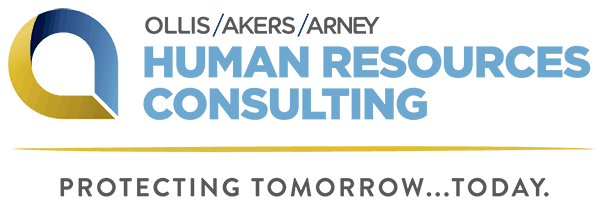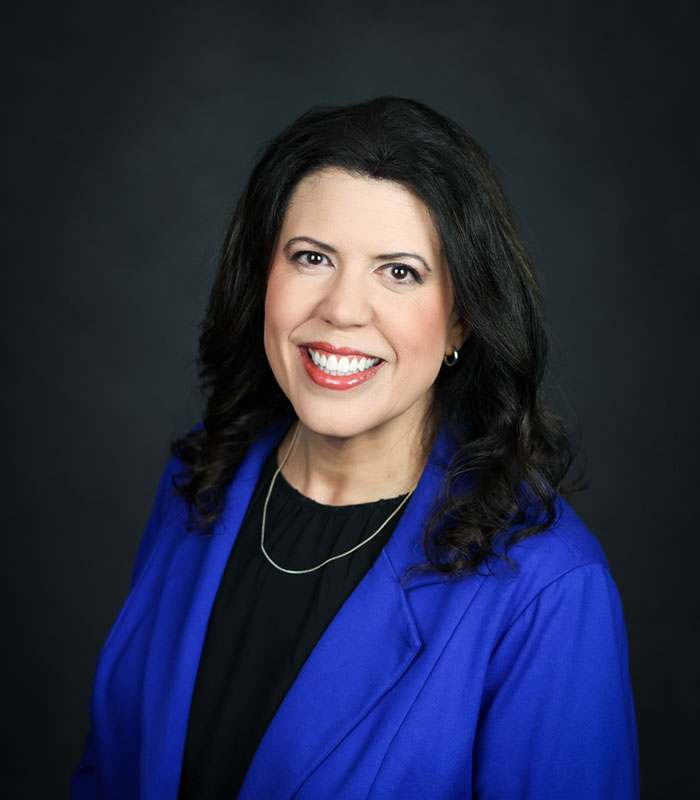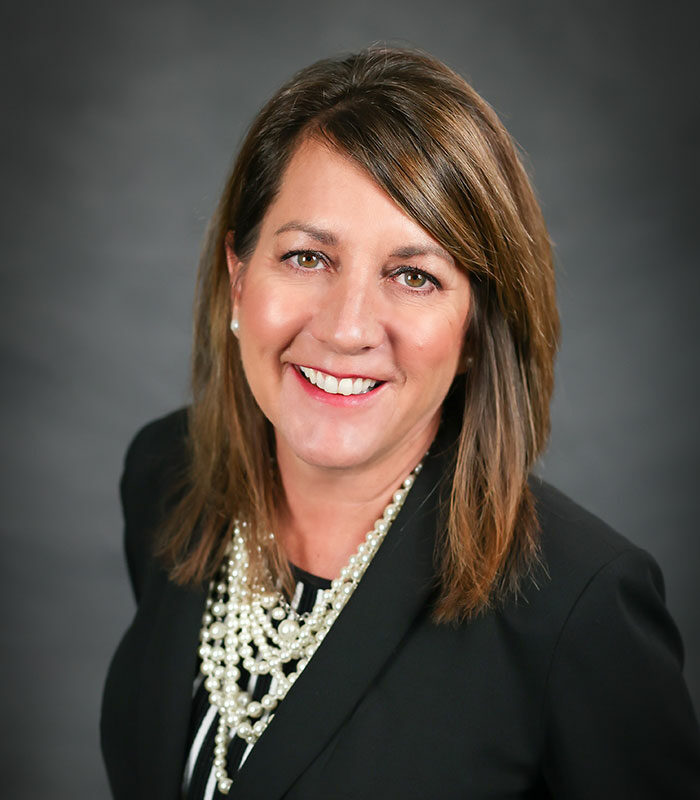May will be an important month in our continuing battle with COVID-19. Effective May 4th, Missouri Governor Parson updated our state order and we will begin a phased approach to reopening our state. The City of Springfield and Greene County also issued new orders effective May 4th. Here’s what to expect on May 4th and some important considerations moving forward.
Multiple orders (state, city, county) are different and confusing. Just remember, the strictest order applies. In general, local orders will be more restrictive. Here are some highlights of the state’s lessened restrictions.
Highlights of Missouri’s Order
- General Guidelines include:
- The order is in place until May 31.
- Practicing good hygiene – handwashing, etc.
- Physical Distancing – 6 feet
- Minimizing Travel
- Cleaning and Sanitization
- Essential Businesses will continue operation. Non-essential businesses may resume operations.
- Gyms, pools, barber/hair salons and tattoo parlors may operate using CDC Guidelines.
- Retail sales operations must limit the number of customers in each retail facility.
- Smaller locations less than 10,000 square feet, 25% occupancy
- Larger locations greater than 10,000 square feet, 10% occupancy
- If no fire or building code occupancy is set by local jurisdiction, use this formula:
Building square feet divided by 30 x .25 OR Building square feet divided by 30 x .10
- Public waiting rooms should implement systems to promote waiting in vehicles until appointment time.
- Dental and eye care can be performed and can provide services at their discretion following CDC guidelines.
- Restaurants may open dining rooms with tables and seating spaced to meet physical distancing requirements. The continued use of drive thru, pick-up or delivery is encouraged.
- Childcare can continue operations following CDC guidelines such as providing care to the same group of children daily with separate rooms for these same groups and staggered, controlled pick-ups and drop offs.
- Churches and fraternal organizations are allowed to meet and hold in-person services practicing physical distancing and promoting the use of alternative virtual services.
- Parks, camps, sporting events, movie theaters, amusement parks, concerts, funerals, wedding, and graduations can occur, encouraging the modification to reduce the risk of spreading COVID-19. Playgrounds will remain closed.
** Again, local orders can and will be more restrictive, and the most restrictive rules apply. **
To that point, The City of Springfield and Greene County issued updated orders effective May 4 and expiring May 31. Here are the key provisions:
- The same basic CDC guidelines of physical distancing, hygiene, and cleaning apply.
- Essential businesses can continue operations and non-essential businesses may resume operations. However:
- Churches may not hold in person traditional services with more than 15 in attendance and are instead encouraged to hold drive-in and virtual services.
- Childcare must follow physical distancing and be carried out in stable groups of 10 children or fewer. Multiple groups can be taken care of in separate rooms and not mix with other rooms.
- Pools are closed until 12:01 a.m. on May 23, 2020.
- Restaurants may open dining areas (no buffets) and shall limit occupancy to 25% (dining location square feet/30 x .25). Carryout, drive-thru and delivery are encouraged.
- Public and spontaneous gatherings of 15 or more (other than business activities) shall be prohibited.
- Farmers Markets and produce stands can provide drive thru and carry out only.
- Funeral services are restricted to 15 or fewer persons.
- Live performances, contact sports, movies, exhibitions, entertainment, classes, dancing, arcades, gaming, bowling, billiards, museums, breweries, taprooms, conferences, seminars and all bars and nightclubs shall remain closed.
- Personal care services such as hair salons, manicurists, tattoo artists, massage therapists, dental, and eyecare may be provided but shall require both employees and customers to wear masks and are subject to retail customer restrictions listed below.
- Retail operations (essential and non-essential) shall limit the number of customers to a maximum of:
- 25% of occupancy for smaller stores 10,000 or fewer square feet (total square feet/30 x 0.25)
- 10% of occupancy for larger stores greater than 10,000 square feet (total square feet/30 x 0.10)
- The main differences in the state and more restrictive City of Springfield, Greene County orders are the restrictions on church services, childcare, funerals, live performances, sports, pools, movies, conferences, bars, nightclubs, restaurants, and museums.
- State, Springfield and Greene County orders prohibit the use of playgrounds.
Our Top 10 Considerations for your Return to Work Plan
- Develop your own plan. Based on these new orders and our new environment, we recommend you develop your own Return to Work Plan. Most importantly, make it your plan that meets your specific needs. The state and local orders are general and provide minimum timelines and restrictions. Establish target dates for employees to return to work, customer interaction and full return of staff based on current guidelines and restrictions. Some essential businesses have already been working, some non-essential businesses will return to work, but all businesses and individuals need to develop their own timelines and a written plan.
- Determine if you will open all at once or gradually. Much has changed since March. Daycare, unemployment compensation, health conditions, consumer behavior and uncertainty make full employment and operations extremely challenging. If possible, consider an initial period of flexibility allowing parents to figure out daycare, folks with health conditions to determine their plans and how you’ll ramp up operations. Stagger people in shifts such as Monday/Tuesday and Thursday/Friday, if applicable.
- Set standards for physical distancing. Develop a plan that includes standards for office public areas, restrooms and open spaces. Some businesses may need to tape “personal distancing” areas where people queue up or congregate. Reception or customer service areas may need plexiglass barriers to limit close interaction. Personal service businesses like hair salons will be required to wear masks, which includes customers since the 6-foot distance standard can’t be met.
- Establish rigorous cleaning and sanitizing protocols. Set up sanitizing stations at entryways, common areas and restrooms. Ask your cleaning crew to stock up on necessary supplies. Establish a formal schedule for cleaning each day. Ask employees to participate in sanitizing their own space in addition to your standard protocol. Promote personal hygiene and post in common areas.
- Determine your protocol on protective equipment and wearing masks. Will it be mandatory, or will you encourage their use? Will you supply them or allow people to wear their own? Will you require suppliers, maintenance, visitors or customers to wear them? Every business is different; however, some personal service businesses will be required to wear masks and other protective equipment.
- Minimize travel. Set standards on business and personal travel. What is the allowable radius to vacation? Will self-quarantines be required afterward?
- Develop an infectious disease preparedness and response plan. Prevent employees with fevers, coughs or illness from reporting to work. Establish a “no penalty” policy for illness or be more flexible regarding working from home when feeling “under the weather” if feasible. If someone is feeling sick, send them home immediately. Consider workforce contact tracing for positive COVID-19 cases, if applicable.
- Develop a separate timeline and standards for visitors and customers. Many businesses will be restricted by state and local orders. Some businesses will wait weeks or even months before interaction will be in person again. A phased in approach could be considered. A time frame for suppliers and maintenance. Another time period for customers and restrictions on family or guests.
- Consider if you’ll require the taking of temperatures, questions on exposure and if you’ll require written logs and protocols. Please consult an HR or legal professional on this area for privacy, HIPAA, and other standards. One approach is to ask employees to follow CDC guidelines, another is to allow employees to take their temperature at home, complete a questionnaire and log it each day. Another strategy is taking temperatures at work with exposure questions. We do recommend that you establish some type of process with the help of professionals. Also, consider what standards you’ll have for guests, customers, and suppliers.
- Develop a strategy on how you’ll handle employees who refuse to return to work. Lack of childcare, unemployment compensation and potential health concerns complicate this issue immensely. We favor a gradual, flexible approach with consistent application while considering any Americans with Disabilities (ADA) accommodation request, when appropriate. Consider returning to work in phases where allowances for working from home are possible. There will be disruption in our workforce. Consult an HR or legal professional as this will be difficult.
[Printable PDF of “Our Top 10 Considerations for your Return to Work Plan”]
We’re willing, ready and able to help you develop plans and protocols. Our Human Resources Consulting Division, experience with State and Local orders and our consultative risk management professionals are uniquely positioned to assist you.
Ollis/Akers/Arney has developed our initial plan. We’d be happy to share that with you and we’ll provide resources, advice, and recommendations for you to consider. Lastly, we care deeply about your success and want to be an integral part of your team.
We’ll help you protect tomorrow, today.
Sincerely,

CHIEF EXECUTIVE OFFICER
Ollis/Akers/Arney Insurance & Business Advisors
OllisAkersArney.com | 417-881-8333






